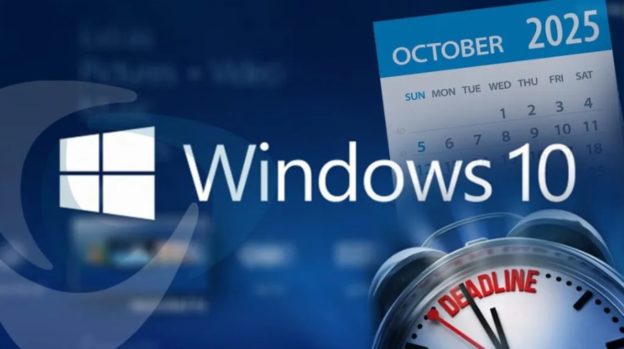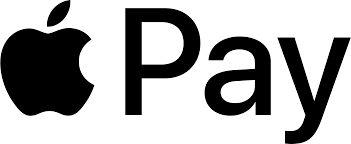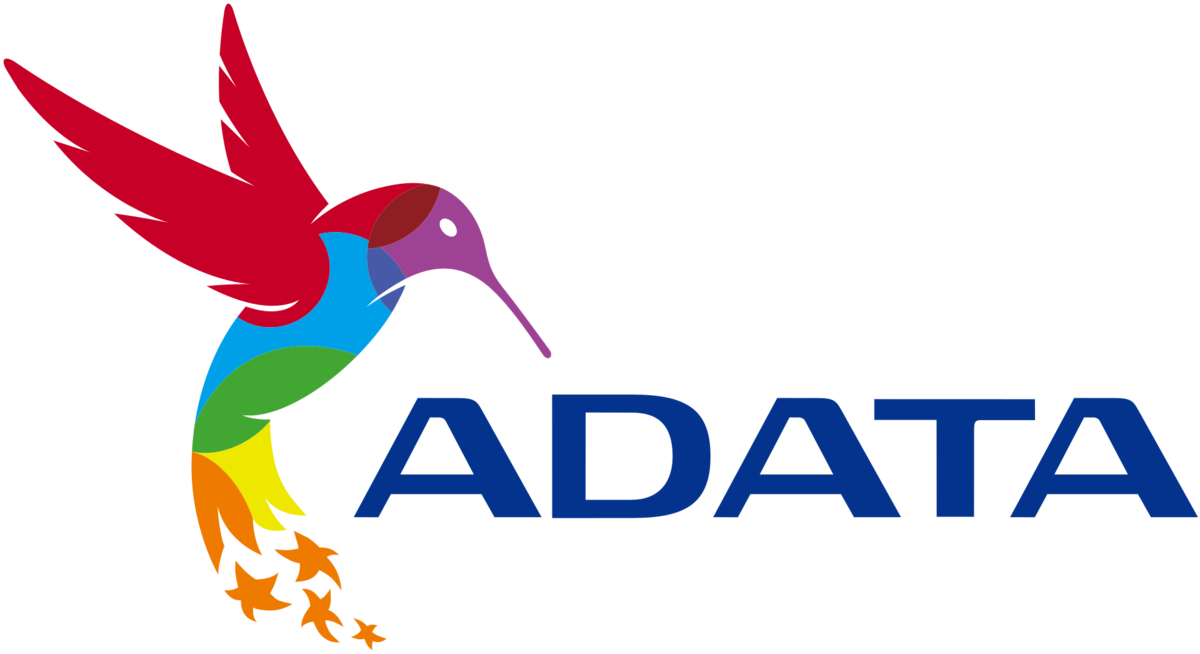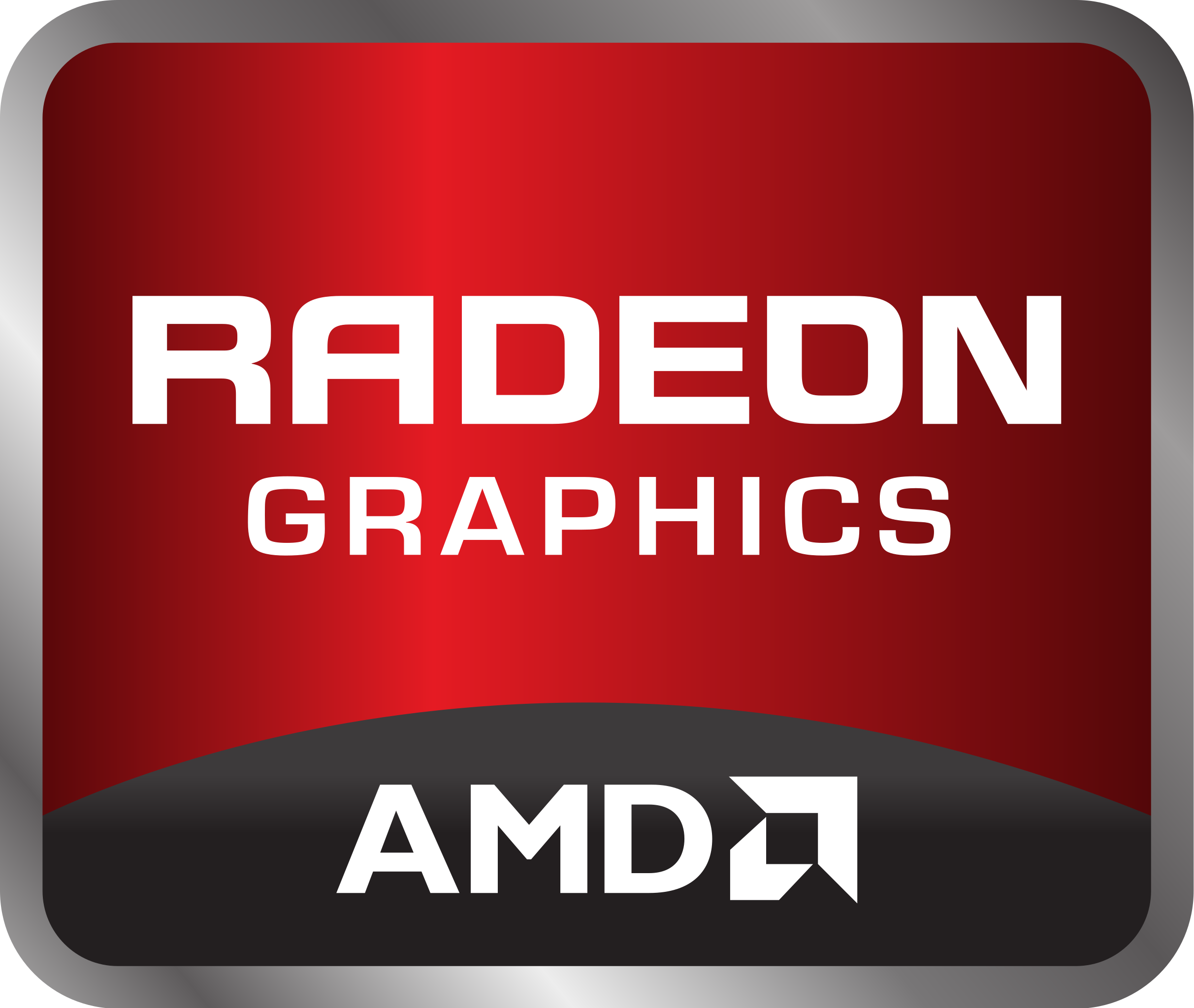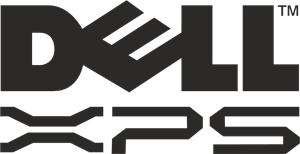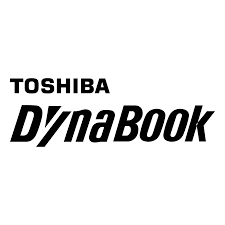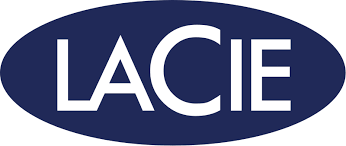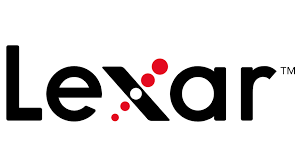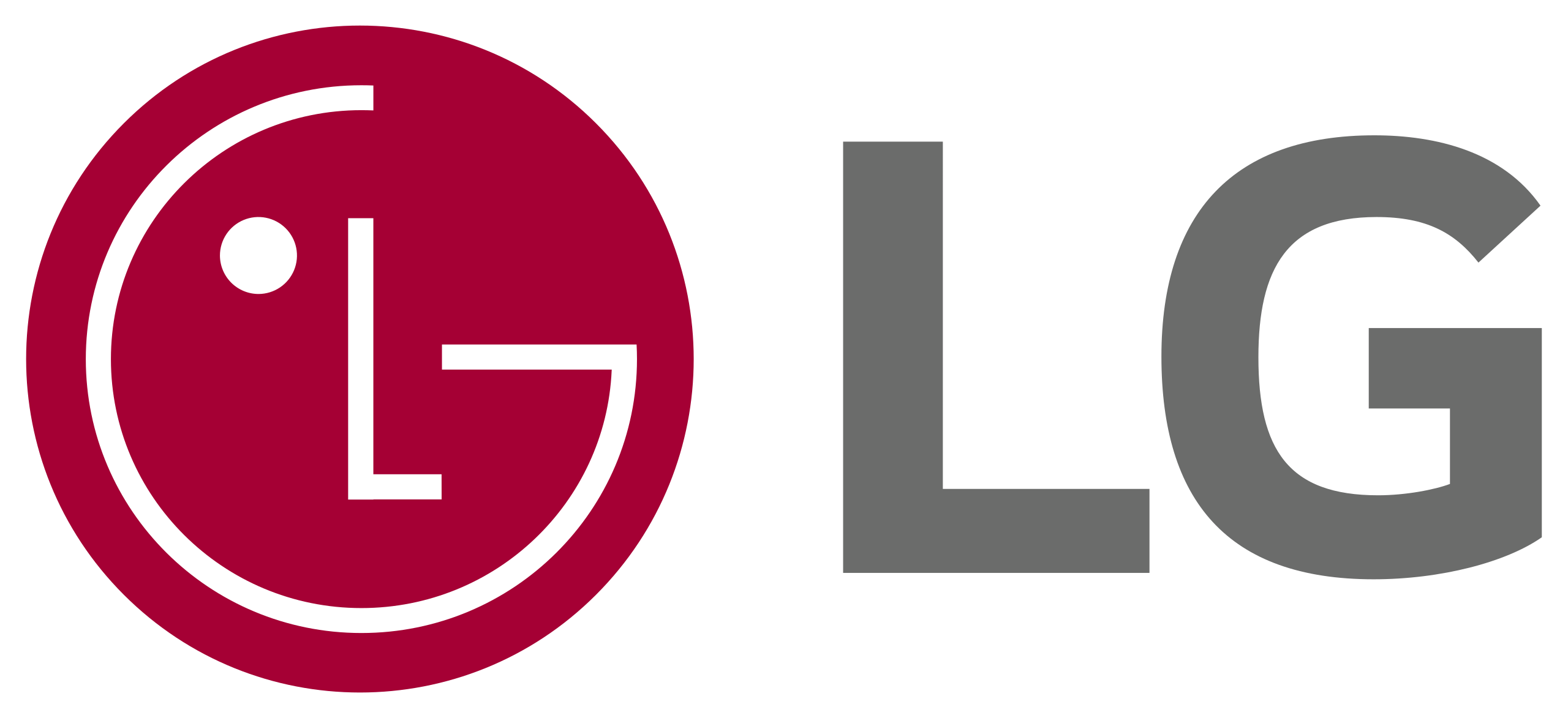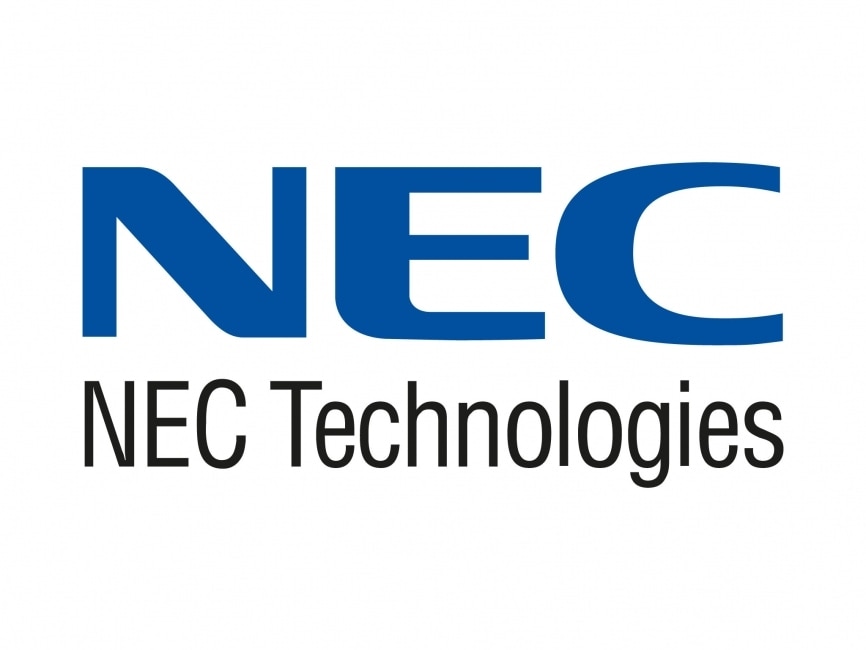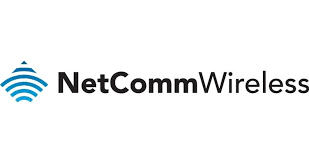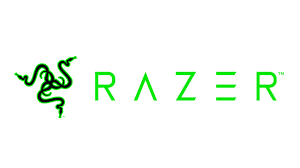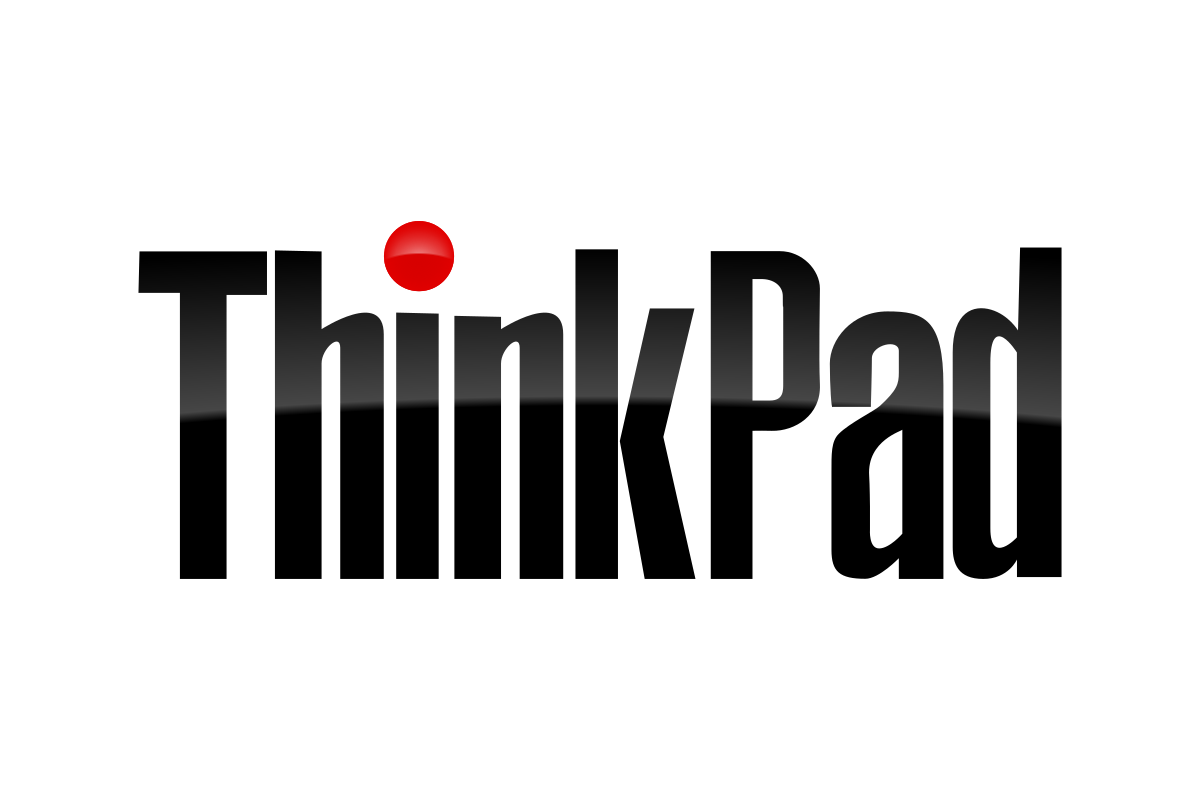Unravelling the Digital Intricacies: Fortifying Your Digital Defenses
As the digital landscape continues to expand, so does the threat of computer hacking. The evolution of hacking has seen various forms, from early curiosity-driven exploits to sophisticated cybercrimes.
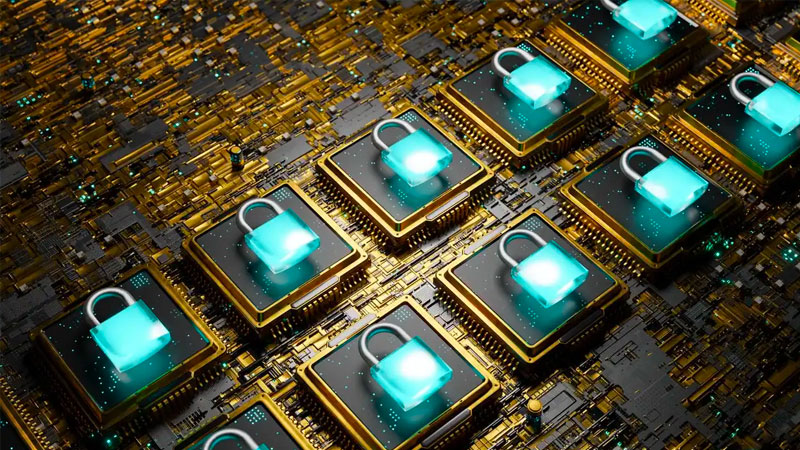
Unravelling the Digital Intricacies Fortifying Your Digital Defenses
In this blog, we’ll explore the history of computer hacking, the most common forms, and delve into the best practices and software to safeguard your MAC or Windows PC. Additionally, we’ll touch upon predictions for the future of computer hacking.
A Brief History of Computer Hacking
1970s-1980s: Curiosity and Exploration: The term “hacker” initially had positive connotations, referring to individuals with a knack for exploring computer systems to understand their workings. However, this era saw the emergence of malicious hackers exploiting vulnerabilities for personal gain or disruption.
1990s: Rise of Malware and Cybercrime: The 1990s witnessed the proliferation of viruses, worms, and trojans. The infamous Michelangelo virus in 1992 and the Morris Worm in 1988 marked significant milestones in the dark side of hacking.
2000s: Hacking as a Business: The 2000s saw the rise of hacking as a lucrative business. Cybercriminals targeted financial institutions, stole personal data, and engaged in large-scale identity theft.
2010s-Present: Nation-State Attacks and Advanced Persistent Threats (APTs): State-sponsored hacking became more prevalent, with nations engaging in cyber espionage and cyber warfare. APTs, characterised by long-term, stealthy infiltration, have become a significant concern.
Common Forms of Computer Hacking
- Phishing: Deceptive emails, messages, or websites are used to trick individuals into divulging sensitive information such as passwords and financial details.
- Malware: Malicious software, including viruses, worms, trojans, and ransomware, is designed to compromise or damage computer systems.
- SQL Injection: Attackers inject malicious code into a database query, exploiting vulnerabilities and gaining unauthorised access to data.
- Man-in-the-Middle (MitM) Attacks: Hackers intercept and alter communication between two parties, potentially gaining access to sensitive information.
- Distributed Denial of Service (DDoS): Overwhelming a system or network with a flood of traffic, rendering it unavailable to users.
Best Practices and Software to Avoid Hacking
- Keep Software Updated: Regularly update your operating system, antivirus software, and applications to patch vulnerabilities.
- Use Strong, Unique Passwords: Create complex passwords and consider using a password manager to ensure unique credentials for each account.
- Enable Two-Factor Authentication (2FA): Add an extra layer of security by requiring a second form of identification in addition to your password.
- Install Reliable Antivirus Software: Choose reputable antivirus software that offers real-time protection against malware and other threats.
- Be Cautious with Emails and Links: Avoid clicking on suspicious links or opening attachments from unknown sources. Verify the legitimacy of emails before sharing personal information.
The Future of Computer Hacking: Predictions
- AI-Driven Attacks: As artificial intelligence (AI) becomes more sophisticated, hackers may leverage AI to enhance the effectiveness of their attacks, making detection and prevention more challenging.
- IoT Vulnerabilities: The increasing prevalence of Internet of Things (IoT) devices introduces new attack vectors, potentially compromising the security of interconnected systems.
- Quantum Computing Threats: The development of quantum computers could break current encryption methods, posing a threat to data security unless new, quantum-resistant encryption standards are adopted.
- Biometric Exploitation: With the growing use of biometric authentication, hackers may focus on exploiting vulnerabilities in biometric systems to gain unauthorised access.
Conclusion
The history of computer hacking is a testament to the ever-evolving nature of cybersecurity threats. As technology advances, so must our defences. By adopting best practices, staying informed about standard hacking techniques, and investing in reliable security software, individuals and organisations can fortify their digital environments against the persistent challenges posed by hackers. As we look to the future, vigilance and proactive measures will be essential in staying one step ahead of the ever-changing landscape of computer hacking.
—
Content Created on 09/05/2024 by
John Pititto
Managing Director
The Original PC Doctor










